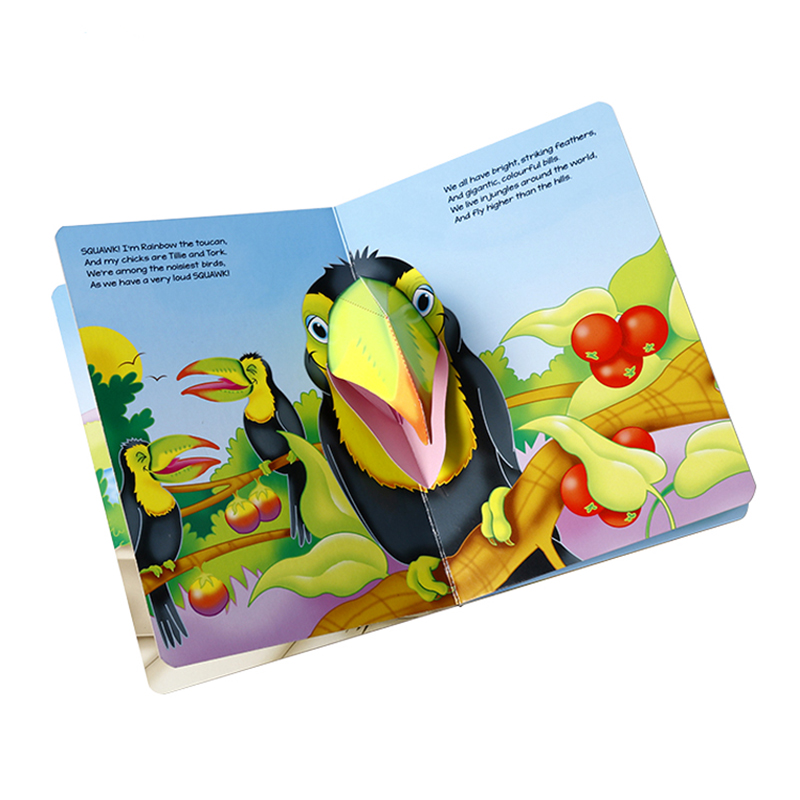As technology evolves, interactive children’s books are gaining popularity for their ability to captivate young readers in the digital age. In this blog, we’ll explore the world of interactive children’s books and their impact on engaging young minds.
1. Multisensory Experience Discover how interactive children’s books offer a multisensory experience. Learn how touch, sound, and animations add layers of engagement to the reading process.
2. Active Participation Explore how interactive elements encourage active participation. Learn how children can interact with characters, solve puzzles, and shape the story’s outcome.
3. Learning Through Play Discover how interactive children’s books blend learning with play. Learn how educational games and activities seamlessly integrate with the narrative.
4. Cognitive Development Explore how interactive books stimulate cognitive development. Learn how problem-solving tasks and interactive challenges enhance critical thinking skills.
5. Digital Literacy Discover the role of interactive books in developing digital literacy. Learn how young readers navigate digital interfaces, fostering comfort with technology.
6. Balance Between Analog and Digital Explore how interactive books strike a balance between analog and digital experiences. Learn how they retain the charm of traditional storytelling while embracing digital interactivity.
In conclusion, interactive children’s books provide a multisensory experience, promote active participation, blend learning with play, stimulate cognitive development, foster digital literacy, and find a balance between analog and digital storytelling, making them a valuable tool for engaging young minds in the digital age.







